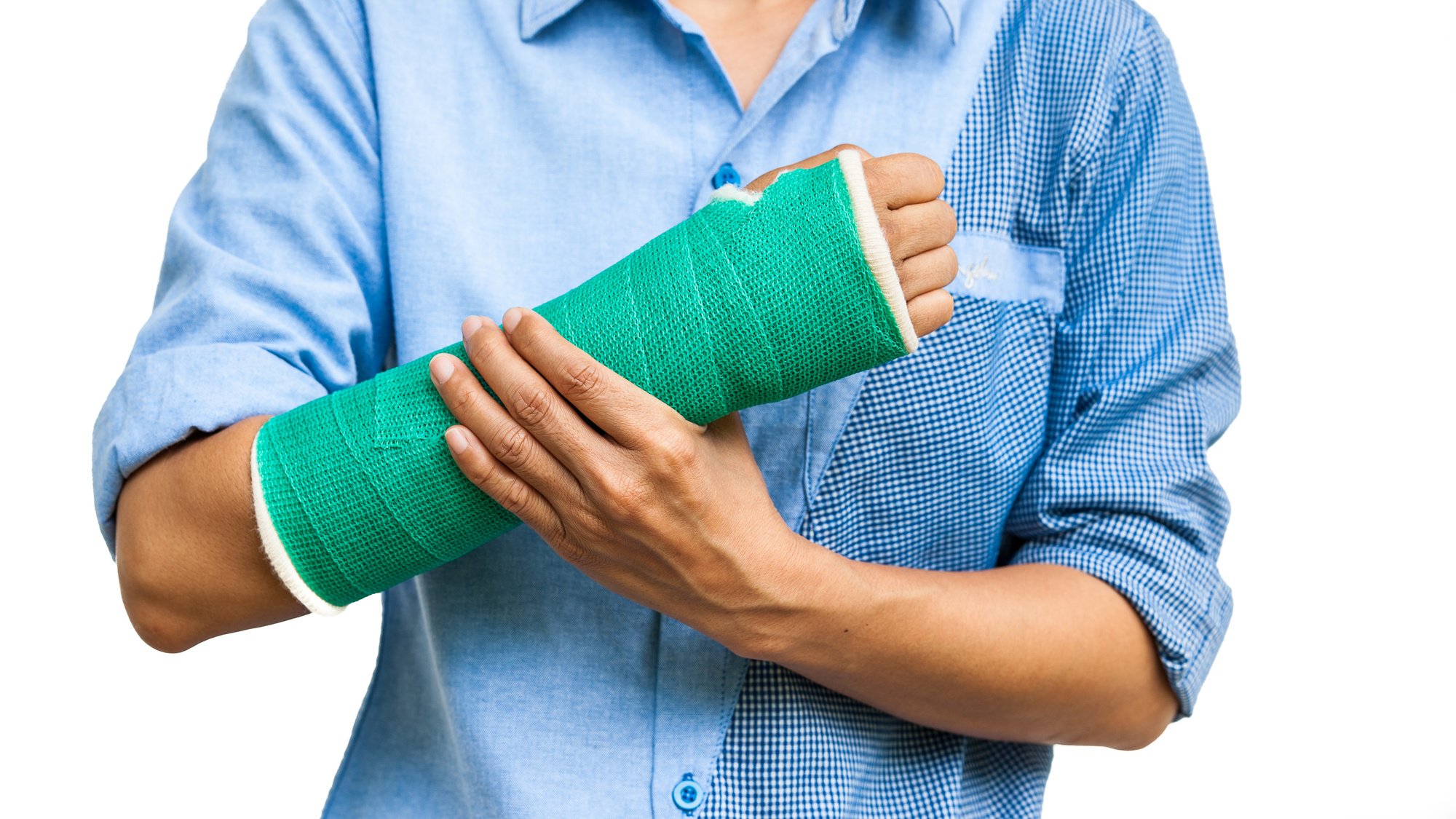What to Expect When Getting a Total Contact Cast for Wound Treatment
After weeks of struggling with a wound on your lower leg that seems to be worsening, you head to the hospital for treatment. You’ve heard about a total contact cast and how it can help wound healing. You’re looking forward to finally getting the relief you need but are also uncertain about what to expect.
Keep reading to learn all the basics about total contact casts and what you can expect as you heal your wound.
Types of Total Contact Casts
A Total Contact Cast (TCC) is a noninvasive treatment commonly used to heal difficult wounds. This type of cast is made of a foam-like material to provide cushioning and support while the underlying wound heals. The model covers a larger surface area than traditional casts, providing sustained, even pressure over the wound. This type of cast is for individuals with diabetes who have poor healing abilities.
There are generally two types of TCCs- hard and soft. Hard casts are pre-molded and highly recommended as they provide the best support and protection. On the other hand, soft casts are more flexible and are designed to conform to the individual’s body contours and allow for more movement of the lower extremity.
Advantages of TCC for Wound Treatment
This casting method involves wrapping the entire foot or lower leg in plaster rather than just a single area. As a result, this improves stability and the even distribution of pressure all over the limb. This can help to reduce swelling and reduce pain.
Furthermore, TCC immobilizes the entire limb, which helps to facilitate the healing of a wound or ulcer. Another advantage of TCC for wound treatment is its higher comfort level than conventional casting. The material in TCC is tighter, making it more moldable and conforming to the body’s shape, providing maximum support and comfort.
Lastly, TCC is suitable for patients of all ages and helps minimize the risk of infection.
Possible Discomfort During Fitting and Casting
Discomfort can range from mild to severe. This depends on the sensitivity of your skin and the type of cast that is applied. The milder sensations may include tingling, burning, and itching sensations which are temporary.
Severe discomfort is rare. This may include intense pain during the application of the cast. It is essential to inform the healthcare professional if discomfort is felt during the fitting and casting process.
Preparing for Your TCC Appointment
When you are preparing for a TCC appointment for wound treatment, there are many things you can expect. First, wound care specialists will assess your wound and provide any necessary treatments, such as cleaning or topical medication. Then, the cast will be molded to your body’s shape.
You may also need some pictures of the wound or x-rays to ensure there is no infection. Finally, the doctor will apply the TCC and provide instructions on how to care for the cast, as well as provide information on when to come back for follow-up appointments. Additionally, you may be provided with extra items, such as a sling for carrying the cast or padding for the cast.
Consider Total Contact Cast Today
Getting a Total Contact Cast for wound treatment is a beneficial procedure that should be considered by doctors and patients alike. It increases comfort and decreases healing time while providing better wound coverage. Patients should talk with a healthcare provider to discuss the risks and benefits of this type of care.
Read more articles on our blog today!


